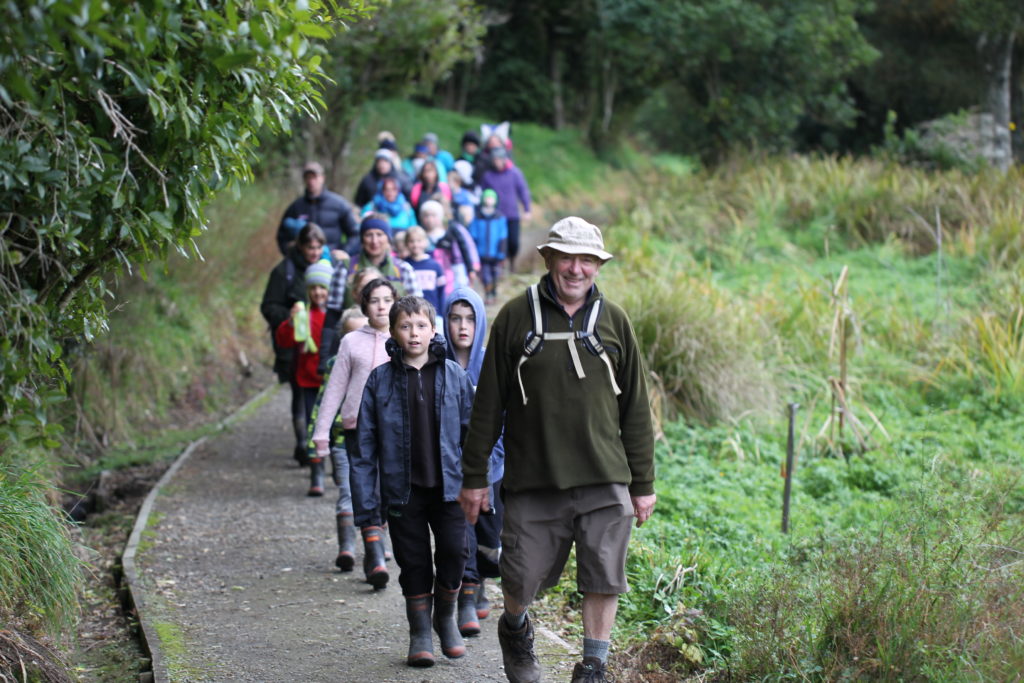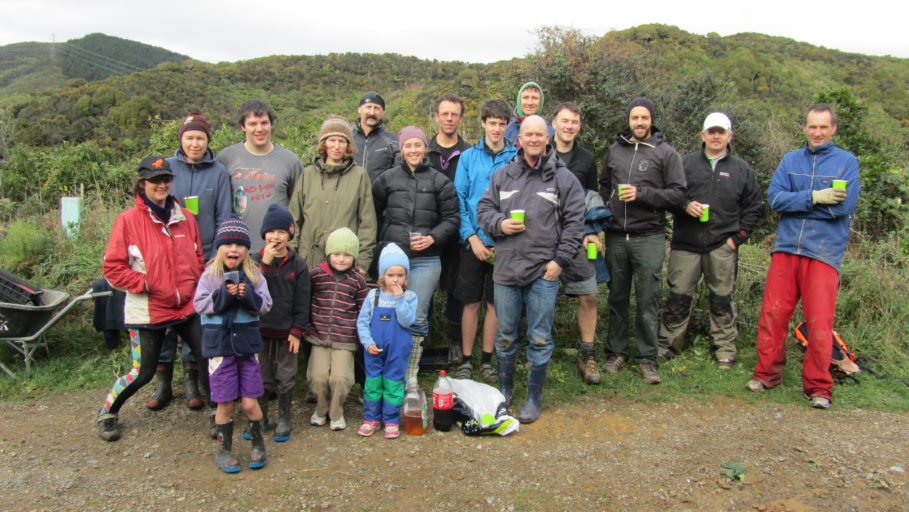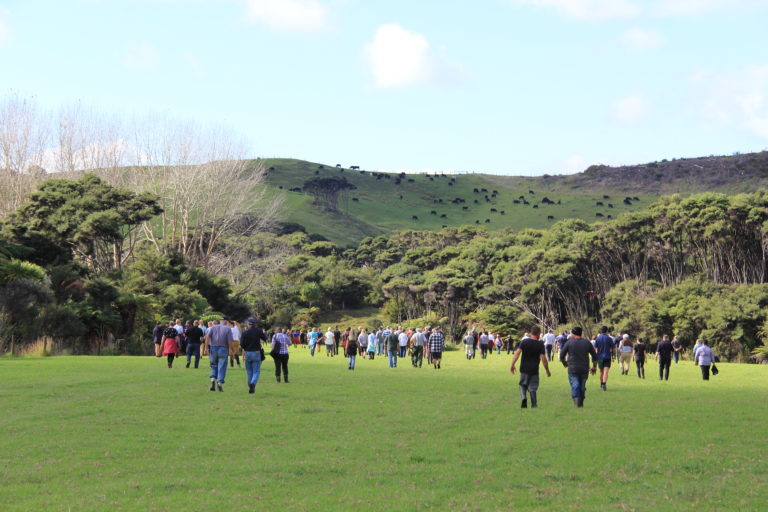Community conservation hubs are the subject of much, if very recent, discussion in New Zealand. As a result the Predator Free NZ Trust recently commissioned a report from The Catalyst Group’s Dr Marie Doole (nee Brown) looking into hubs, their challenges, benefits and what support they need to ensure success.

In recent years community conservation has seen a flurry of activity as people step up to do their bit to remove introduced predators from Aotearoa and enable our native species to thrive. The number of community groups being established is increasing as people flock to local parks and reserves to help create safe havens for native species.
However, with an increased number of groups working across the landscape the demand for technical expertise, access to resources and advice around governance and operations has grown significantly. The existing support structures aren’t designed to cope with the increased demand and in some cases it is distracting key staff from more important work. There is also significant frustration from groups trying to access the expertise and they quickly become disheartened by lack of engagement from agencies.

As part of this we’re also seeing a number of community conservation hubs being established to help support community groups in their area. This support can range from reducing administrative burden, providing easy access to technical advice through to holding regular get togethers. The value-add of a hub lies in its ability to support and enable community conservation effort to be more effective and generate greater conservation gains than would otherwise be achieved. It seems logical that better coordination of groups will enable them to spend more time on the ground and ultimately lead to better conservation outcomes.
But does this assumption stand up to scrutiny and under what circumstances are hubs most effective? What do hubs need to thrive and how do we ensure they are adding value and not just another layer competing for the same pool of funding?
To begin with, Dr Doole’s report clarified the definition of the role of a community conservation hub as:
“To catalyse community conservation efforts to improve outcomes for biodiversity”.

Basically, hubs need to improve and upscale existing efforts and not just add another layer of complexity. She notes the language used to define a hub is critical; a hub should be thought of as a support structure or platform rather than an umbrella organisation.
Dr Doole looked into some of the challenges faced by hubs including funding, relationships with agencies, structure and power. Her observations include that bespoke funding needs to be targeted specifically for hubs to ensure they aren’t competing with the same groups they are trying to support. She also notes that hubs will be different depending on the groups they are servicing and the area they are working in – there is no cookie cutter model.
In conclusion Dr Doole outlines some key strategic findings that are relevant to a range of stakeholders:
- Hubs must be the bridge between strategy and practice ie a conduit between strategy and the people on the ground Hubs have the potential to be the translators between strategy or high-level multi-party goals and the groups and individuals doing the work on the ground. Hubs can also help provide agencies with the voice of their groups, allowing scattered voices to be heard more effectively than if they were disparate groups.
- Diversity in engagement is needed to bring communities along Tailored approaches are needed to ensure that a diverse range of communities are catered for by hubs. It is likely that community conservation hubs are currently targeted at middle class Pākehā/Western participation in conservation and may thus struggle to fully engage with our multicultural communities. Bespoke approaches specifically for iwi and hapū-led conservation may be necessary.
- Funding must follow function Funders need to be clear on the outcomes that they want to achieve by funding hubs. Hubs must be able to demonstrate their value add to enable greater community conservation effort than would have otherwise been achieved.
- Evaluating the value-add of hubs is critical Robust monitoring and reporting are essential to ensure funding is achieving the desired outcomes. This is likely to demand the development of clear indicators for the success of hubs and mandated reporting against them at multiple levels.
- A central support body at a national scale would likely assist and improve outcomes Many regional and sub-regional hubs do similar tasks, even if their approach differs. Certain tasks are related to nationally consistent processes such as Charities Commission compliance, health and safety, science best practice and other matters. Supporting these centrally and disseminating necessary information to hubs will be integral to their success. Hubs would also benefit from interfacing with each other to share knowledge, challenges and success.
The full report is available here (PDF, 596KB) with an executive summary for those who want an overview.

